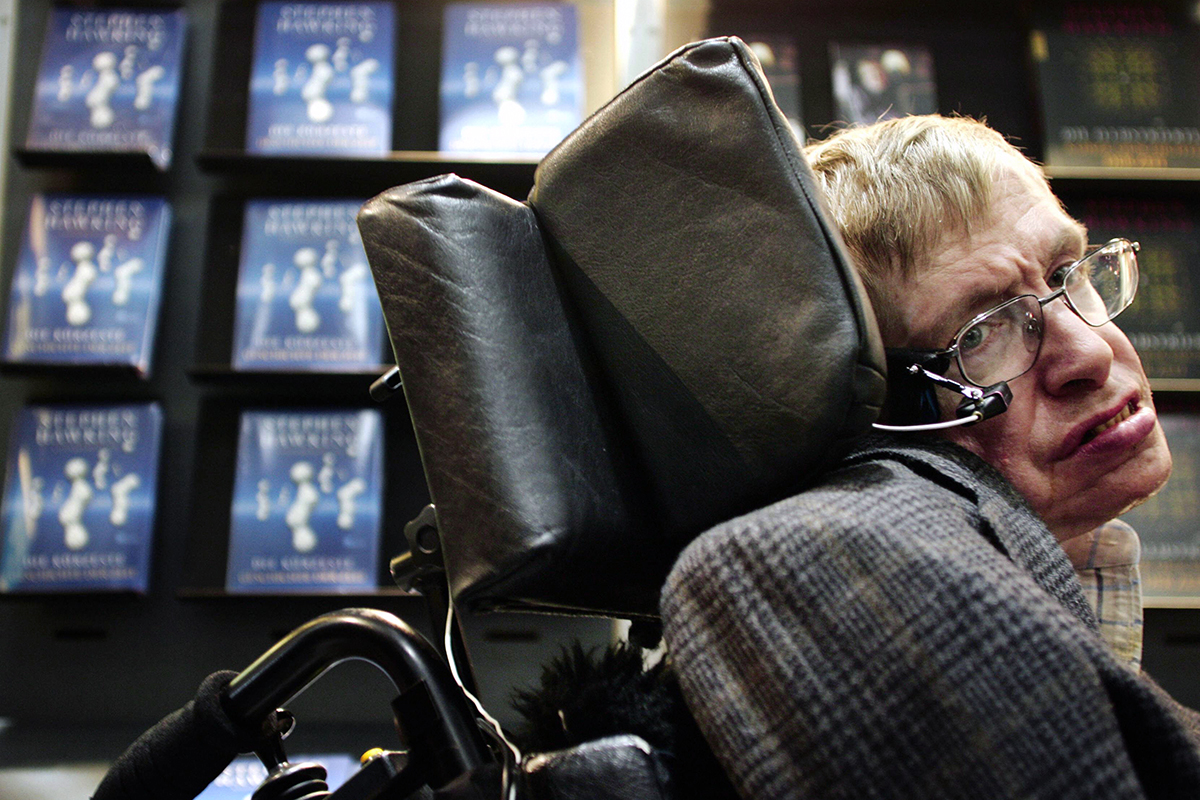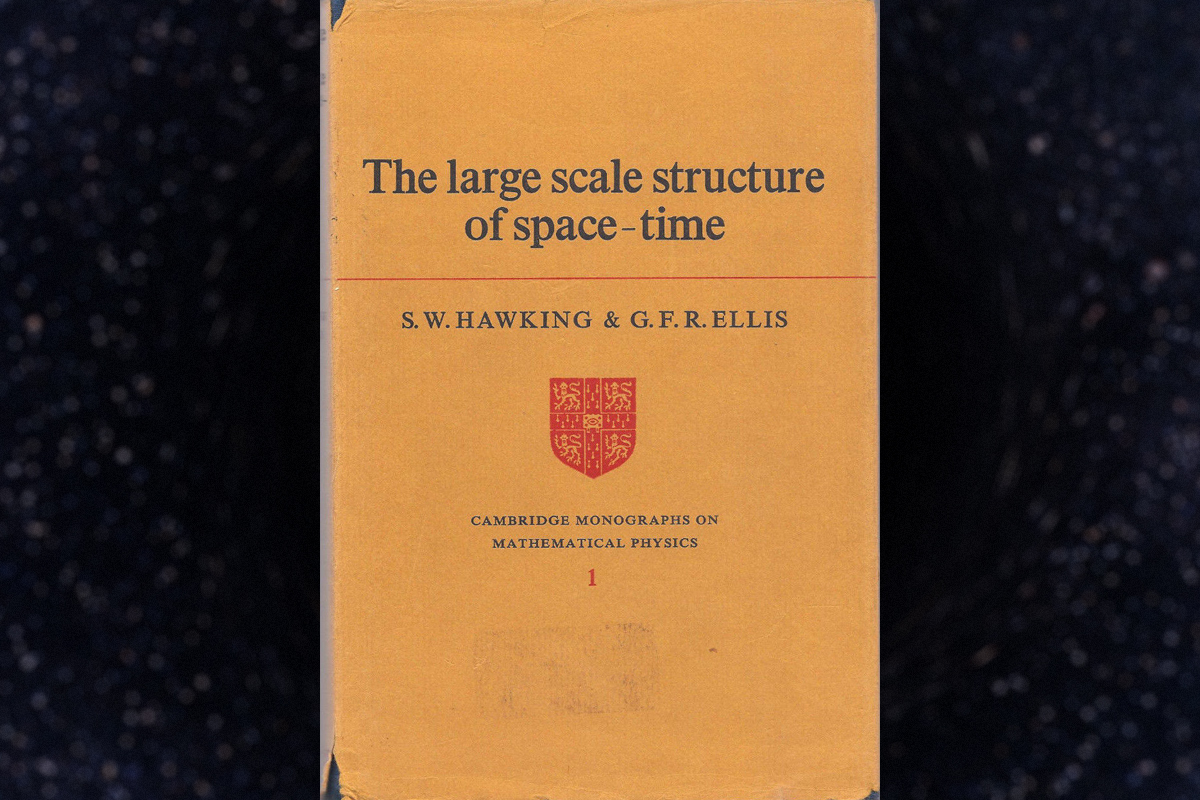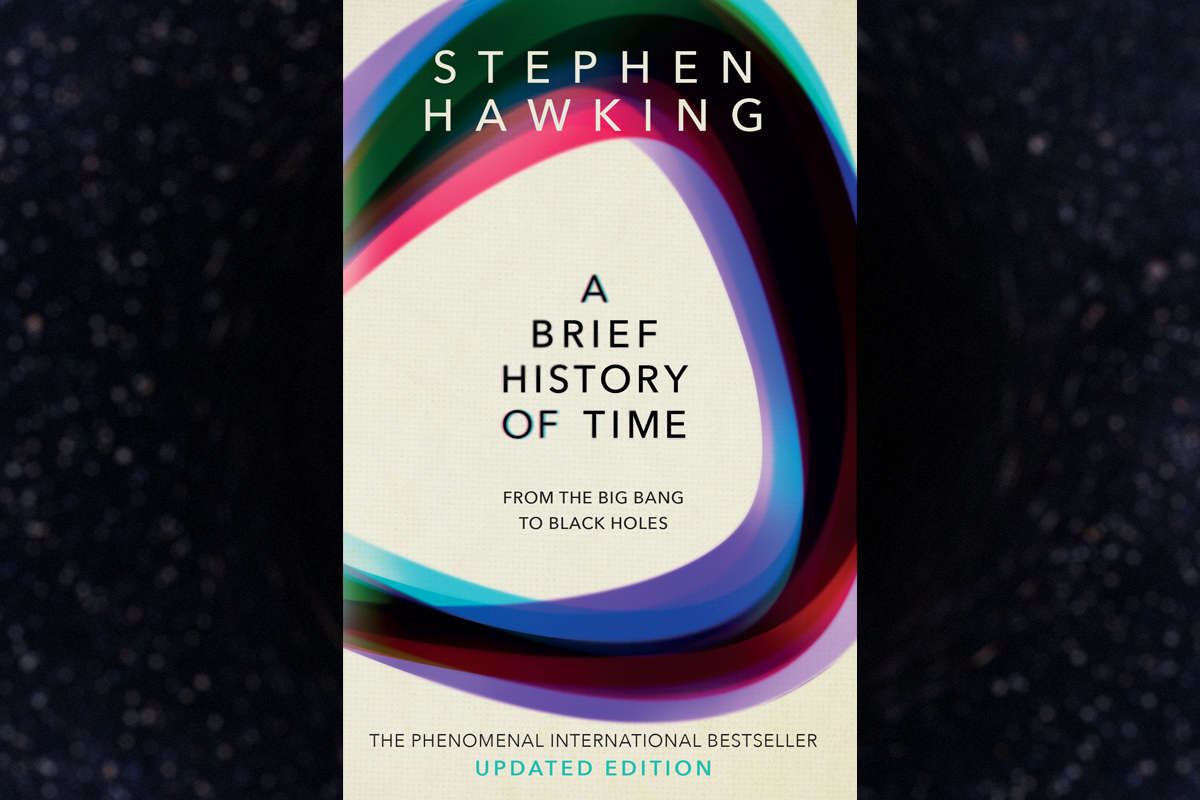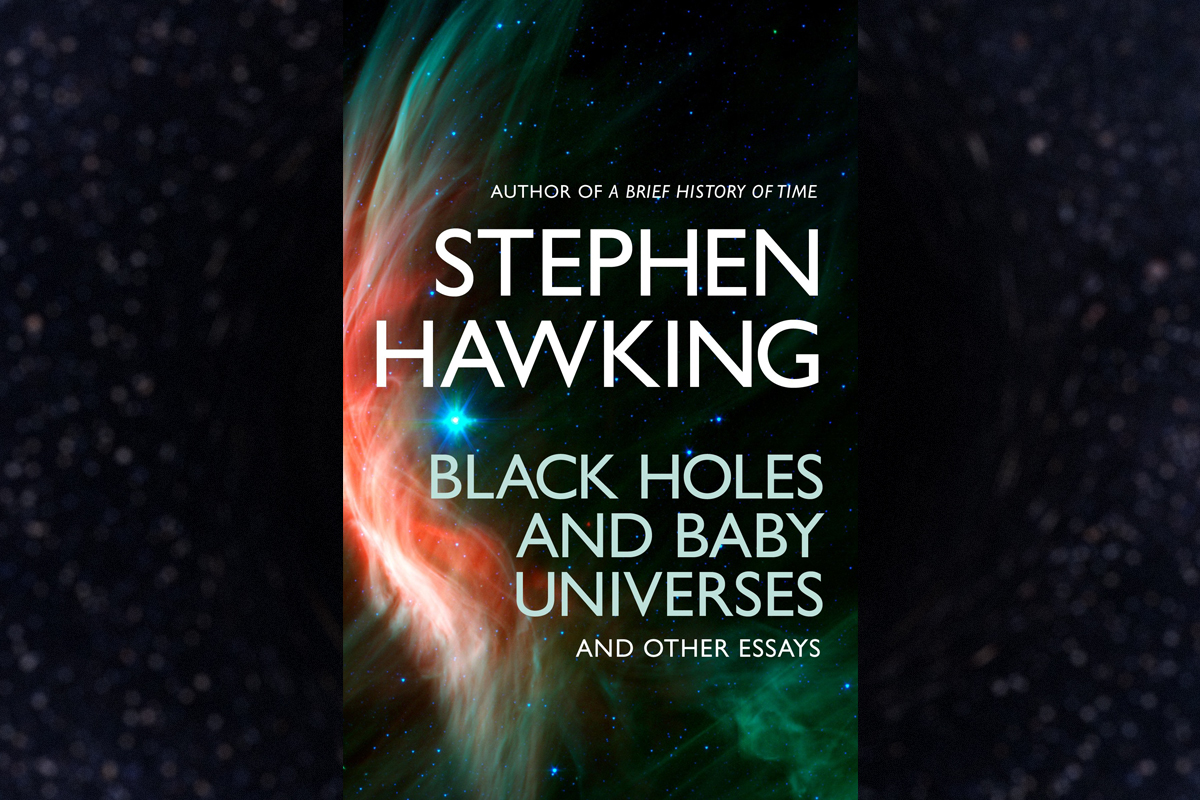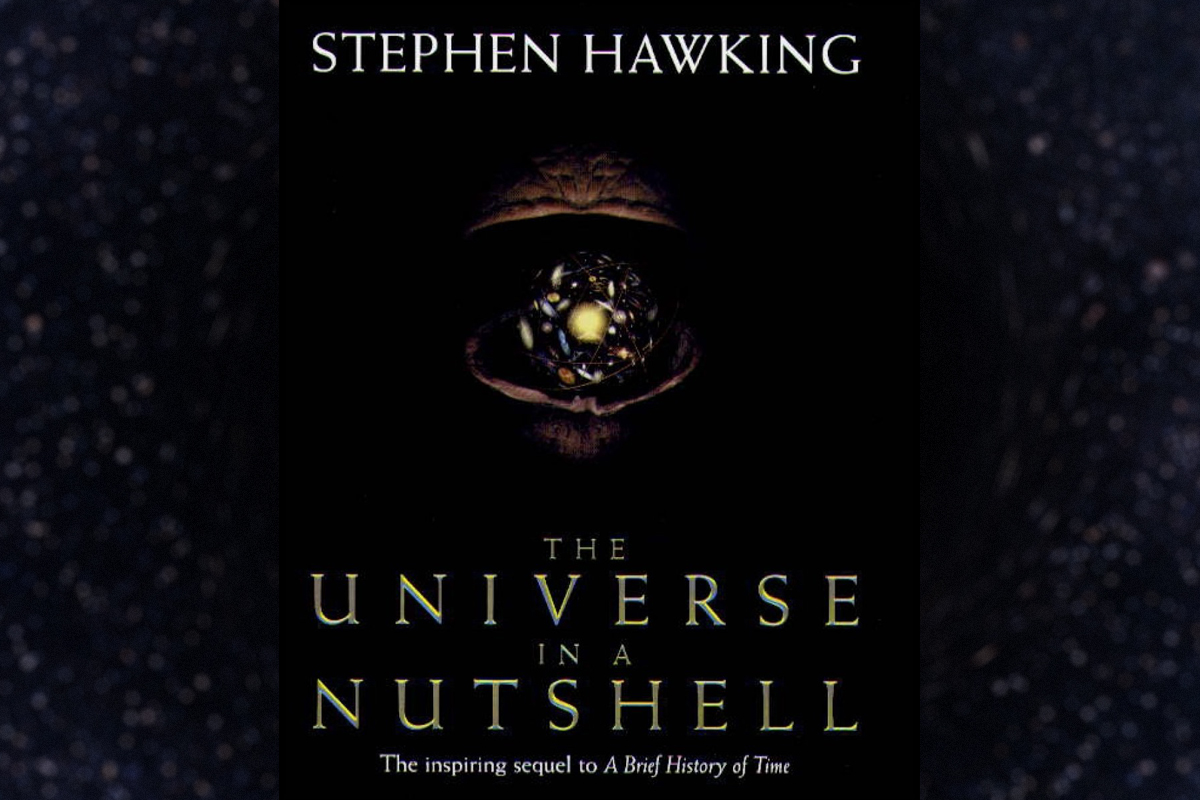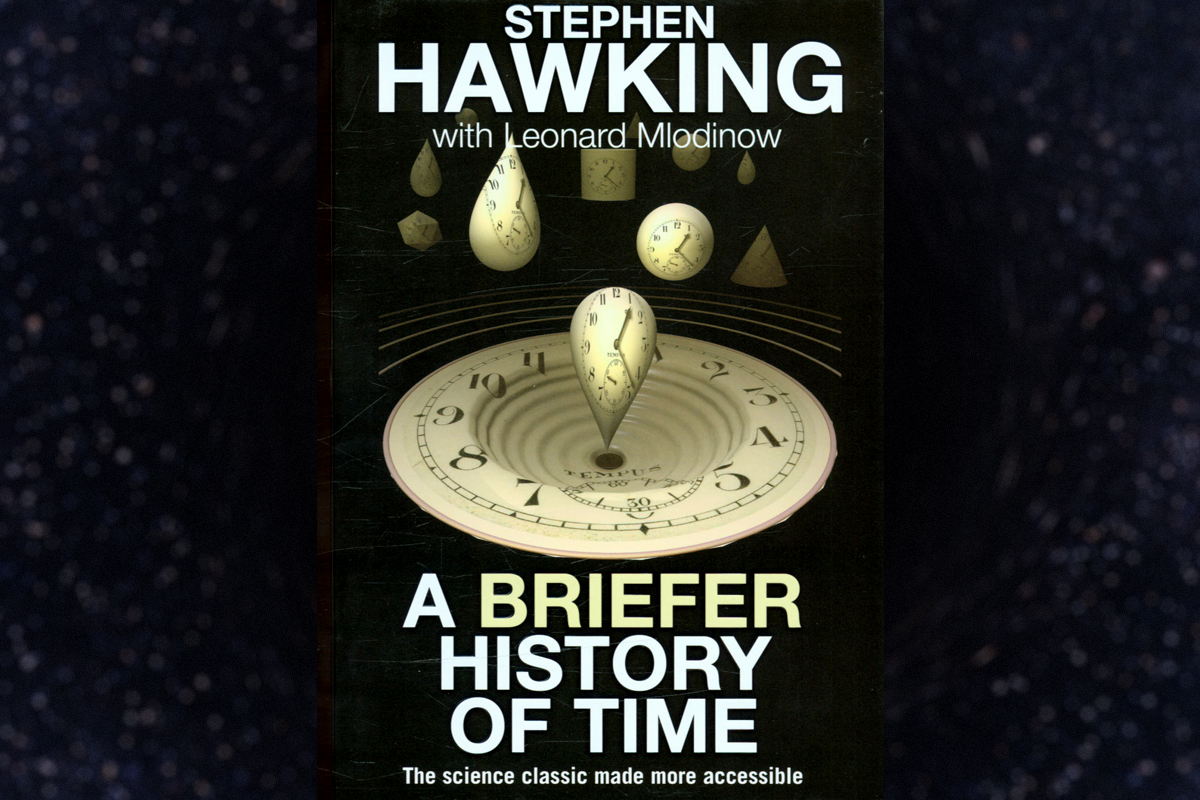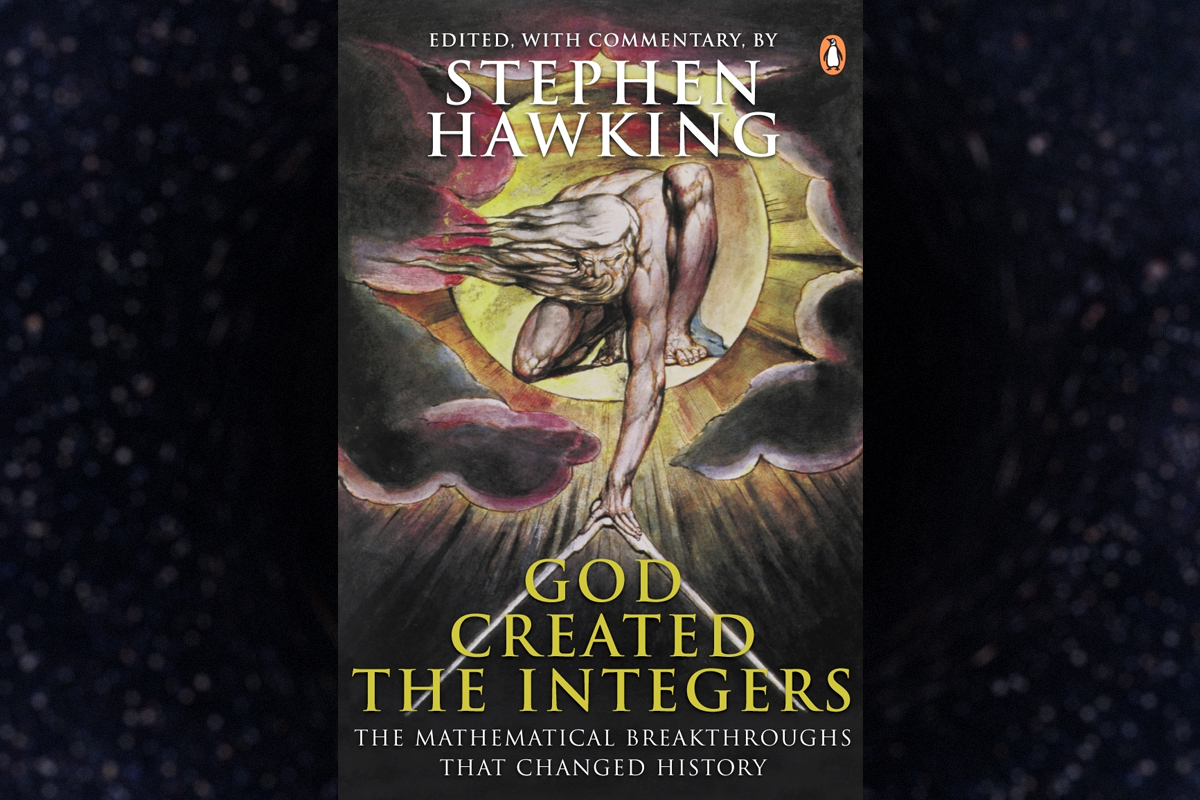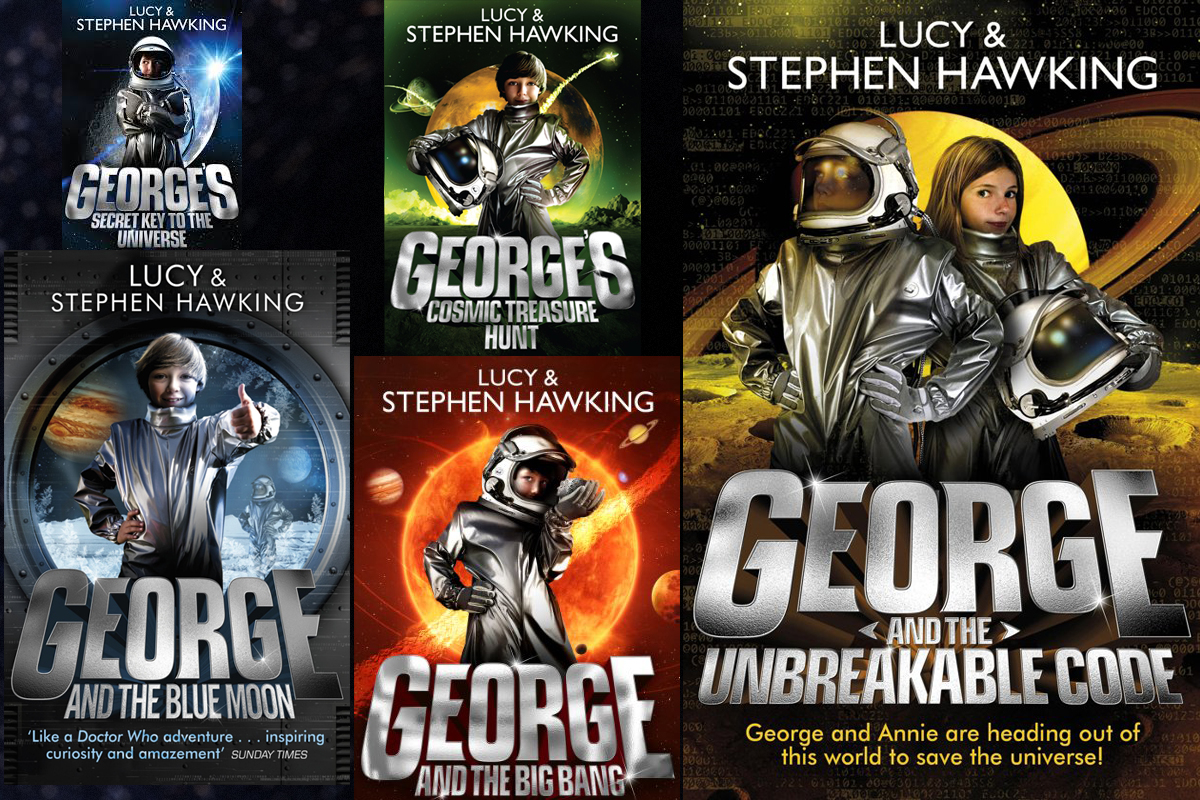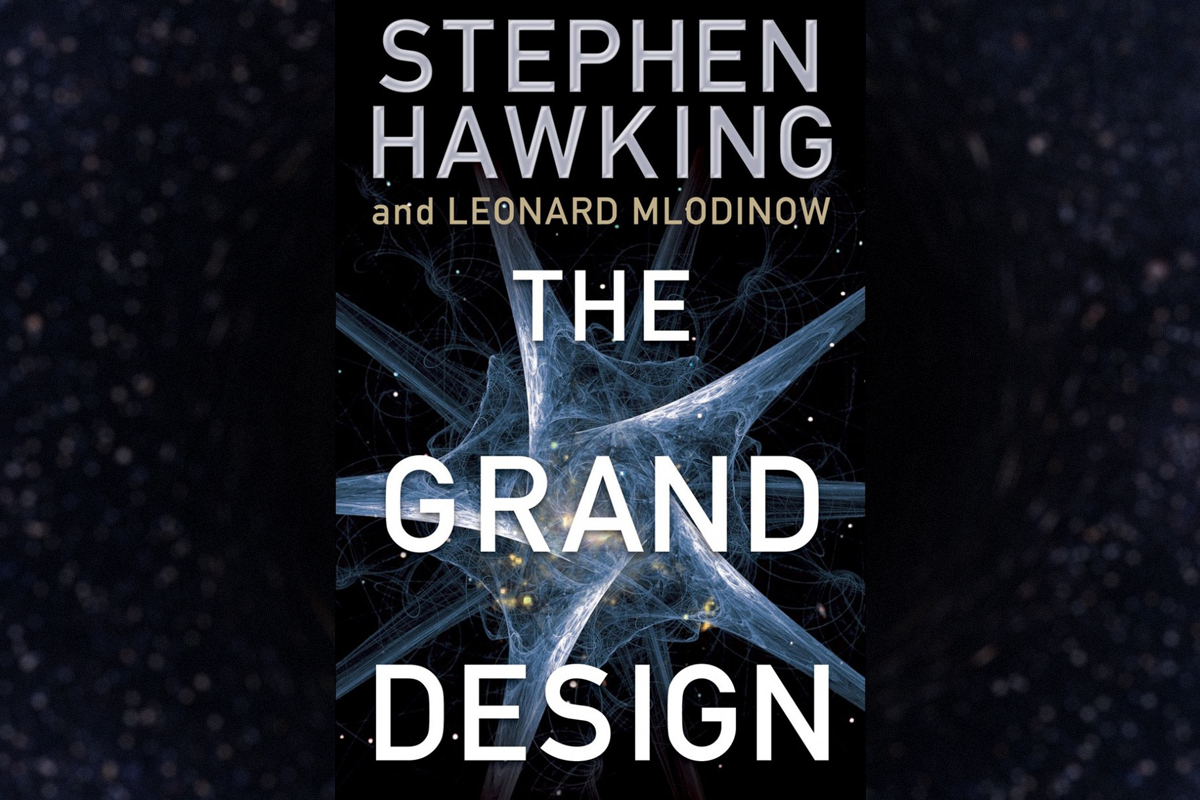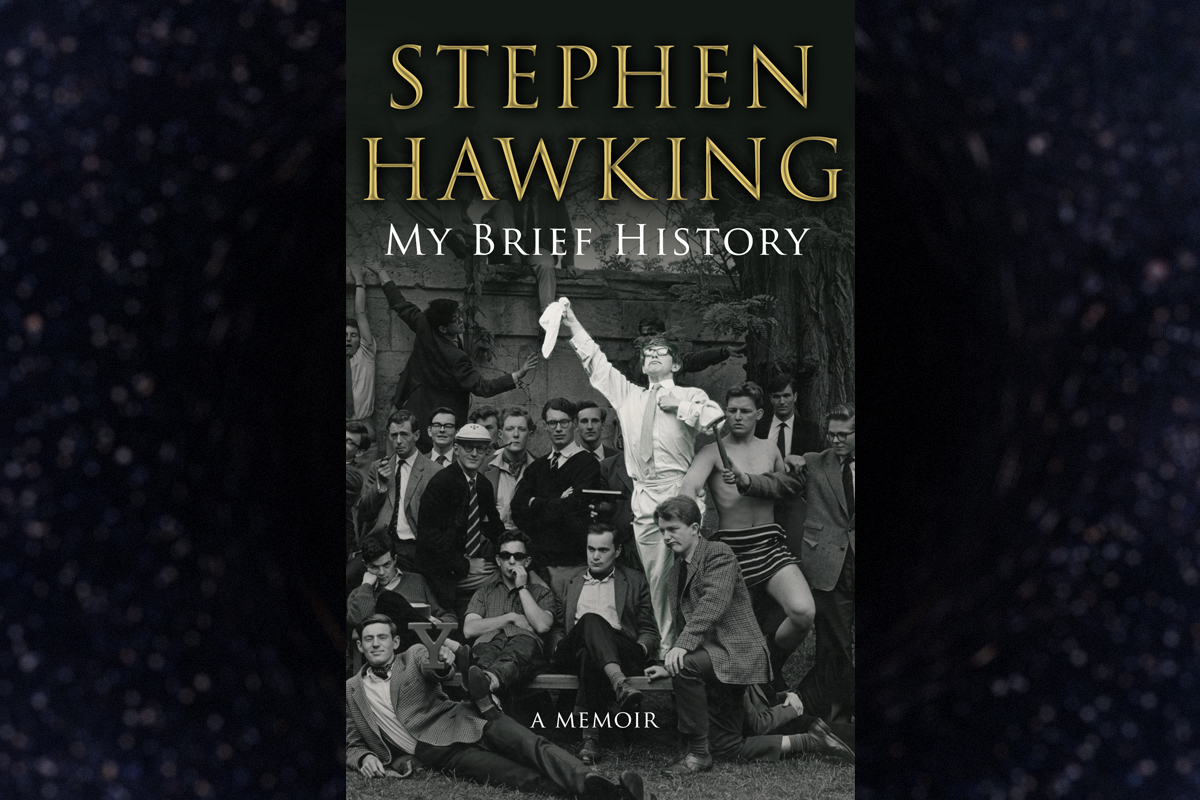Stephen Hawking's Best Books: Black Holes, Multiverses and Singularities
Introduction
Physicist Stephen Hawking, whose death was announced March 14, wrote prodigiously for both a popular audience and the scientific community over the course of his career, authoring or co-authoring at least 15 books, according to his personal website. Here's a look through Hawking's written works and select co-authored works.
"The Large Scale Structure of Space-Time" (1973)
Hawking's first book, "The Large Scale Structure of Space-Time" (Cambridge University Press, 1973), written with George Ellis, wasn't for a popular audience at all — it's a physics textbook that uses Albert Einstein's theory of general relativity to explain how massive stars turn into black holes and how singularities can exist in space-time.
"A Brief History of Time" (1988)
The first popular book that Hawking wrote, "A Brief History of Time" (Bantam Press, 1988) takes nonscientists through the fundamentals of cosmology — the origin of the universe and how it might end. The book dives into gravity, black holes, the Big Bang, the nature of time and the search for a grand unifying theory that ties it all together.
"Black Holes and Baby Universes" (1993)
"Black Holes and Baby Universes" (Bantam Press, 1993) is a collection of Hawking's essays, ranging from the scientific, such as the makeup of black holes, to the personal, such as his experiences growing up and life with a neurodegenerative disorder.
"The Universe in a Nutshell" (2001)
Hawking's book "The Universe in a Nutshell" (Bantam Books, 2001) explored cutting-edge research into theoretical physics, describing concepts including supergravity, supersymmetry, quantum theory, M-theory and more for a nonexpert audience. The book updates readers on developments made since "A Brief History of Time."
"On the Shoulders of Giants" (2002)
Hawking compiles the works of Copernicus, Galileo, Kepler, Newton and Einstein in "On the Shoulders of Giants" (Running Press Adult, 2002), providing a look at seven classic physics and astronomy papers. Hawking also included five essays of his own and biographies of each of the physicists.
Hawking released a similar book, "The Dreams That Stuff Is Made Of," in 2011, highlighting "the most astounding papers of quantum physics."
"A Briefer History of Time" (2005)
"A Briefer History of Time" (Bantam Press, 2005), written with Leonard Mlodinow, is a more accessible version of the material covered in "A Brief History of Time" and includes updates from the intervening 17 years of theory.
Breaking space news, the latest updates on rocket launches, skywatching events and more!
"God Created the Integers" (2005)
In "God Created the Integers" (Running Press Adult, 2005), Hawking documents the highlights of 2,500 years of math history, including biographies of important mathematicians and reproductions of their work.
"George's Secret Key to the Universe" and sequels (2007 – 2016)
This kids' series written by Hawking and his daughter Lucy, along with Christophe Galfard, follows middle schoolers George and Annie as they go on adventures and learn about cosmology, traveling to other planets and even a black hole in the first book. The other books in the series are "George's Cosmic Treasure Hunt," "George and the Big Bang," "George and the Unbreakable Code" and "George and the Blue Moon" (all published by Simon & Schuster Books for Young Readers).
"The Grand Design" (2010)
With vivid illustrations, Hawking and Mlodinow's "The Grand Design" delves into the origins of the universe and the nature of reality. The book covers multiverses and other ways that all possible histories and realities might exist, and evaluates whether M-theory might provide a unified theory of how the universe works.
"My Brief History" (2013)
"My Brief History" (Bantam Press, 2013) offers an introspective look at Hawking's life and intellectual growth. He also discusses the making of "A Brief History of Time" and how his diagnosis drove him onward to make intellectual breakthroughs.

Sarah Lewin started writing for Space.com in June of 2015 as a Staff Writer and became Associate Editor in 2019 . Her work has been featured by Scientific American, IEEE Spectrum, Quanta Magazine, Wired, The Scientist, Science Friday and WGBH's Inside NOVA. Sarah has an MA from NYU's Science, Health and Environmental Reporting Program and an AB in mathematics from Brown University. When not writing, reading or thinking about space, Sarah enjoys musical theatre and mathematical papercraft. She is currently Assistant News Editor at Scientific American. You can follow her on Twitter @SarahExplains.
